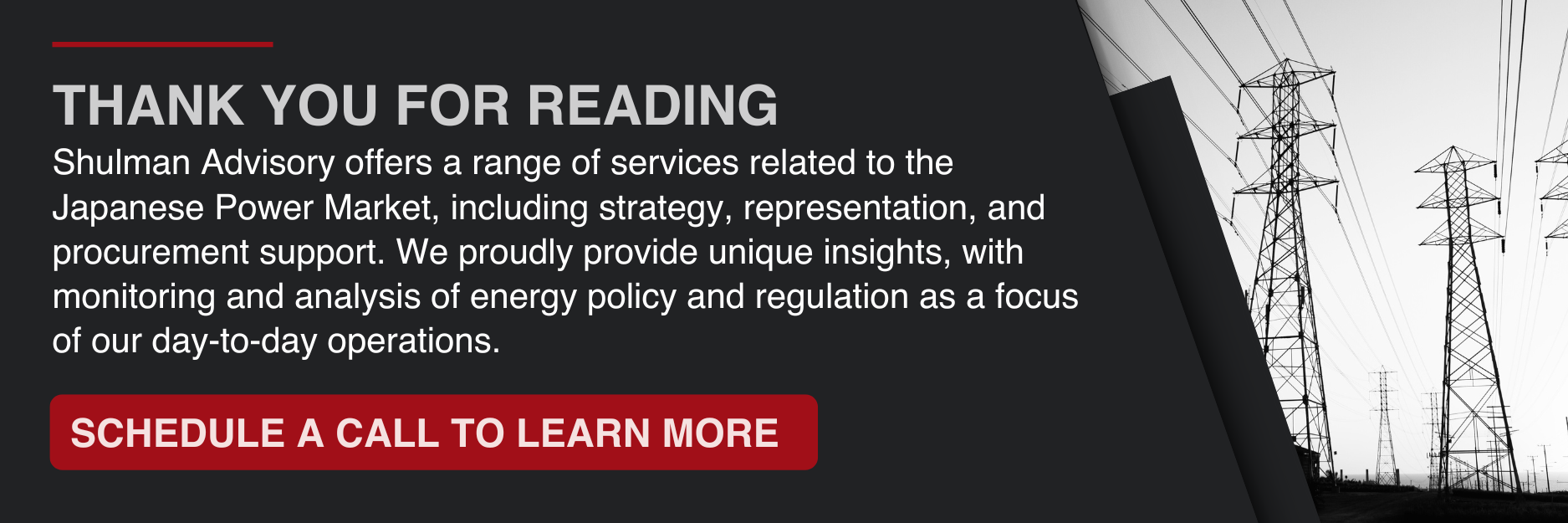Publication date: Aug 23, 2024
METI and MoE to Define Environmental Monitoring Roles for Government and Offshore Wind Operators
Japan’s Ministry of Environment (MoE) held the first meeting of a new study group that will discuss matters relating to monitoring the environmental impact of offshore wind projects. Earlier this year, the Central Environment Council released a report that highlighted the uncertainty surrounding the environmental impact of offshore wind power generation projects; the report cited the importance of ensuring the predictability of project implementation from the perspective of the project operator, but emphasized continuous environmental monitoring to determine actual environmental impact during the construction and operational phases.
The report explored methods to reduce the overall environmental impact of offshore wind projects, while also optimizing environmental conservation measures. In line with the report, the new study group will draft guidelines to include the scope of monitoring, establish the division of roles between the government and offshore wind operators, and advise how to use monitoring results to ensure environmental standards are met based on the latest scientific data.
–
Defining Roles and Responsibilities for Environmental Monitoring
At the first meeting, discussions took place relating specifically to the division of responsibilities of environmental monitoring between the government and offshore wind operators, including surveying migratory birds, other marine life and the landscape. The group also agreed that in cases where significant knowledge gaps exist, and where the extent of the impact is currently unclear (such as water turbidity caused by construction and the transmission of underwater noise from wind turbine operations), the government will take responsibility in these areas. Complete draft guidelines are expected to be compiled by the end of FY2024.
By defining clear guidelines and dividing responsibilities between the government and operators, the new study group aims to ensure that the environmental impact of offshore wind projects will be closely monitored, appropriately managed, and cover all areas.
Guidance published by the group could also address and mitigate existing gaps in knowledge relating to environmental impacts with lesser known consequences, ensuring these issues are managed based on the most up-to-date scientific data, and that guidance is proportionate to the impact of any given offshore wind project.

________________________________________________________________________________________

